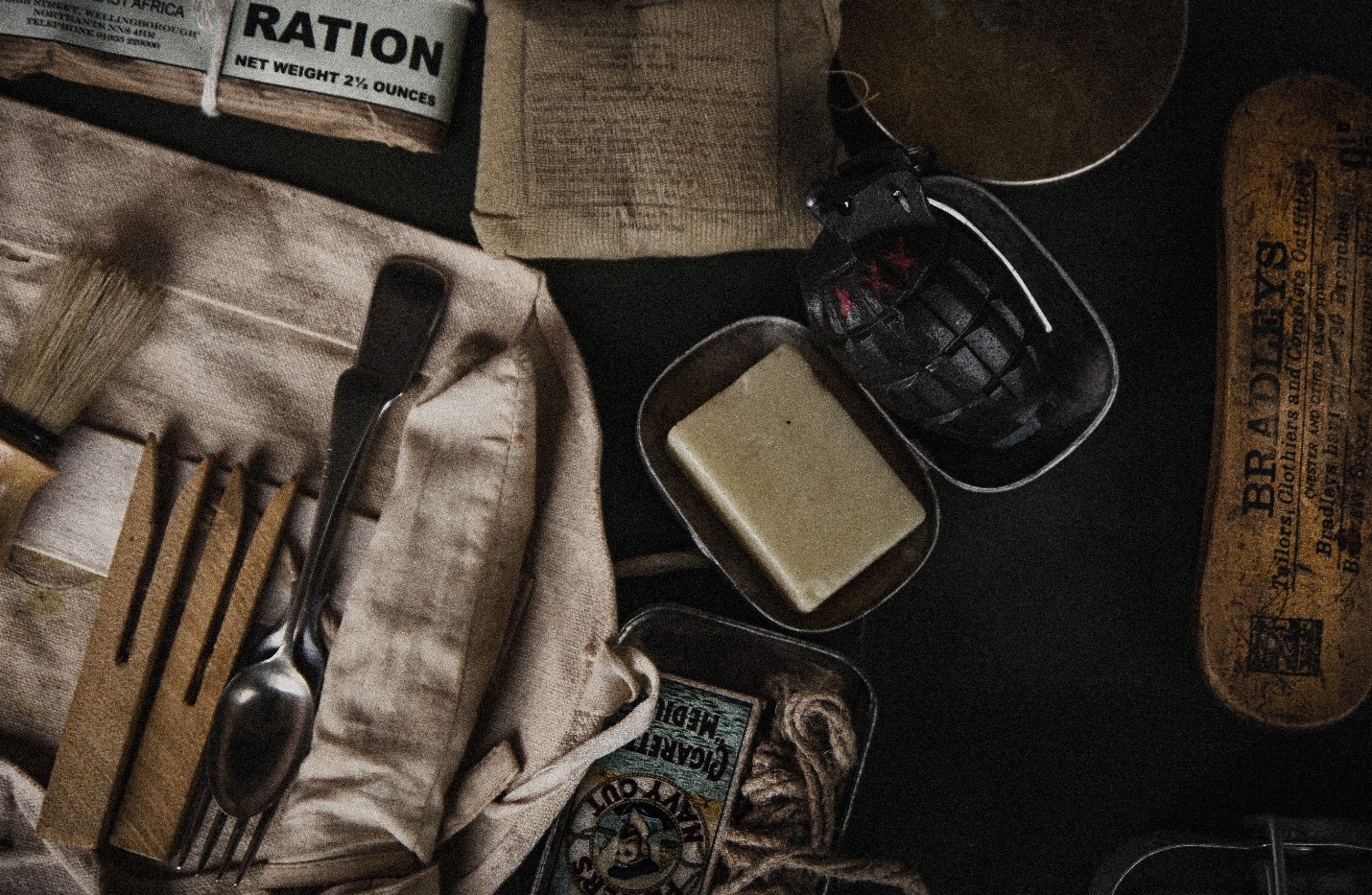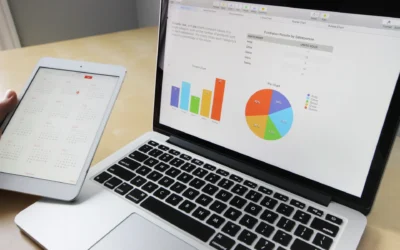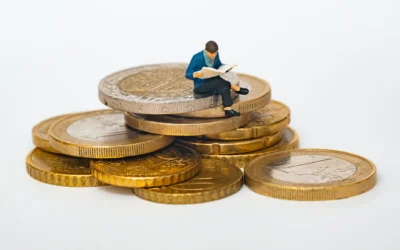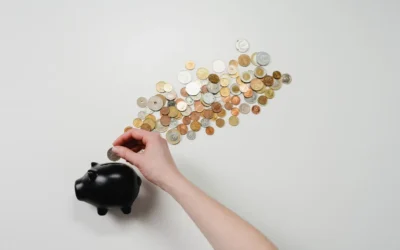The Great Depression made history as being the most severe worldwide economic downfall beginning in the 1930s in the United States resulting from the stock market crash of 1929, followed by the Dust Bowl crisis in 1930. The Great Depression impacted nearly every American and resulting in living a frugal lifestyle to make ends meet.
Before the Great Depression was the Roaring 20s, a decade of economic prosperity with spending at an all-time high that established large-scale developments with the introduction of automobiles, telephones, radio, film, and the era of electronic appliances. After what was deemed one of the most successful times in the American economy, things took a turn for the worst during the Great Depression leaving many families forced to make ends meet through being frugal.
As the 1920s was a prosperous time for Americans, most spent more than saved which deeply impacted them during the Great Depression. This era serves as the origin of living a frugal lifestyle and there are many lessons, we can learn that can benefit us today.
Instead of buying something new you should try to buy pre-owned or second-hand items that have similar value to new products but cost significantly less. You can shop for used stuff at garage sales, vintage stores, thrift stores, and estate sales (to name a few).
This might seem to be a questionable method but consider cutting back on laundry, for example, if you wear a top for a couple of hours it isn’t too dirty to be washed so you can place it back in your wardrobe then wash it the next time you wear it. This can be done for a majority of your laundry but follow the basic rule, if it starts to smell it definitely needs a good wash.
For frugal food on a budget consider starting your own garden that will supply you with fresh produce without having to pay for it at the grocery store. Another frugal food tip is making things from scratch so you can utilize your food in the best way possible by saving money going out to eat or ordering delivery.
You can also look to your community services to save some extra money like your local library. Getting a library card at your local library can save you fees on getting books, movies, music, and even free internet access with small fees for printing compared to doing that at home.
It might seem like a no-brainer, but you should consider spending less by cutting out non-essential products or services you pay for. Another way to spend less is price shopping for things you need so you know you’re getting the best deal.
One of the biggest ways to save money is through DIY projects. If you need to repair or replace something in your home, try to do it yourself by watching a tutorial or getting a helping hand from your neighborhood handyman that will also help you learn how to fix things as needed.
If you’re unable to fix something yourself and you have to consider hiring a professional for help, you should research the repair cost since older things can be harder (and more expensive) to fix. After researching repair costs, you should also consider whether it is worth it to repair the old item or more affordable to buy a new one.
Some of the best frugal lifestyle tips are with DIY projects such as learning the basics of sewing that will help you save money on your wardrobe and making homemade gifts that will be appreciated more than something simply bought from the store. Living a frugal lifestyle also helps you realize what you need compared to what you want that will help in making financial decisions.
You might seem alone in living frugally but you can get support from your community that you can rely on when in need of help and you can lend a helping hand. Being in touch with your community will improve your social skills while gaining new friends that can be more fun than going out for a night on the town.
The final frugal lifestyle tip is to reduce or eliminate impulse spending that has changed with the times. In the past, people would often use cash to pay for low- and high-cost items while fewer people used credit cards. In the modern era, people use credit cards for nearly all purchases that come with an interest rate and can cost you more money down the road.




